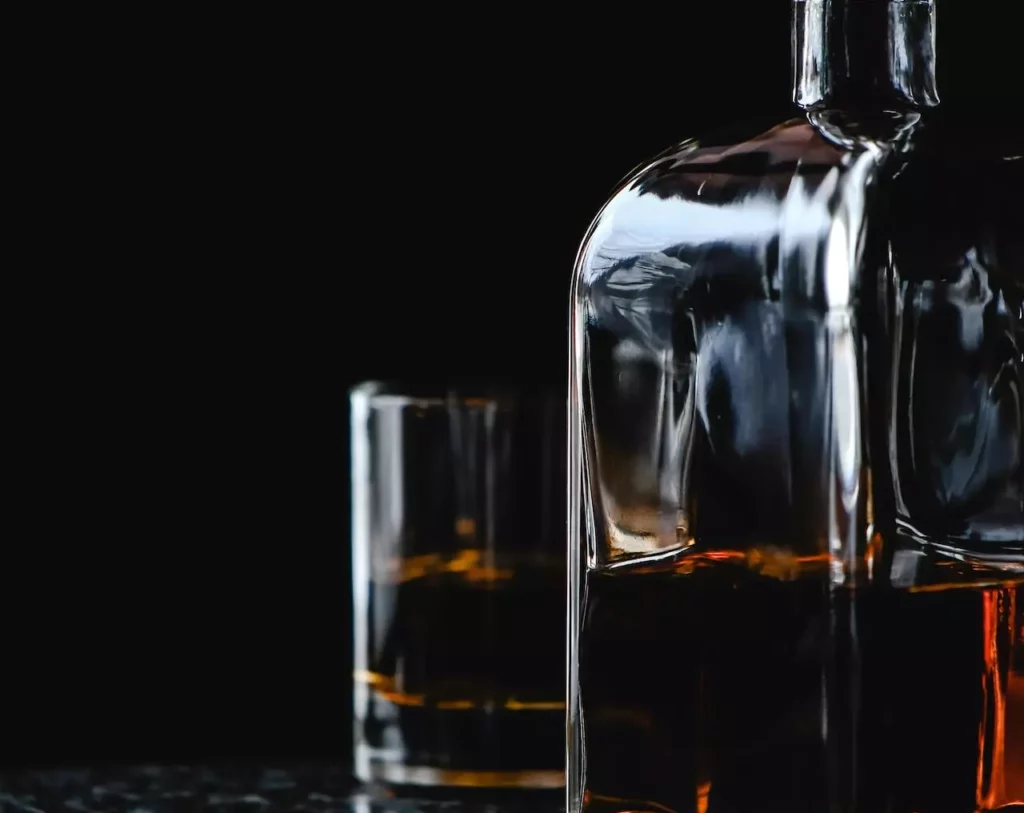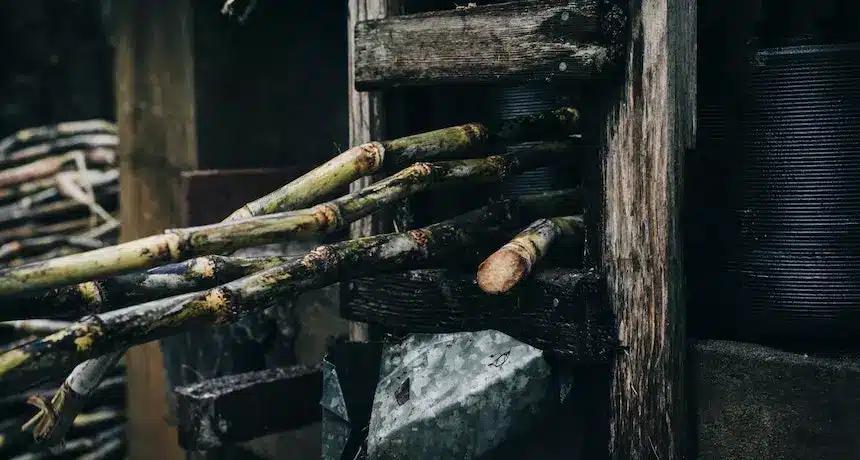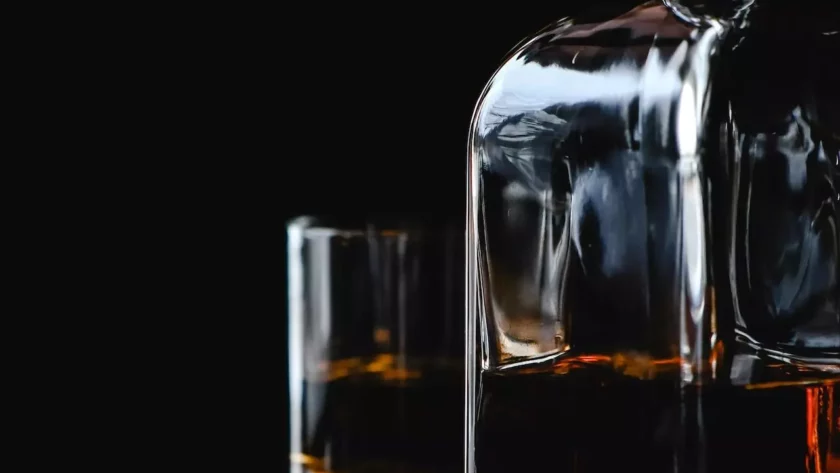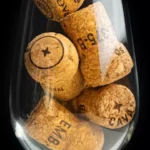Rum
Contents
Rum is an alcoholic liquor distilled from sugar-cane residues or molasses. and is one of the most popular spirits in the world.
Produced all over the world it became commercially produced in the Caribbean and Latin America the origin of the name is unclear but many believe that it has to do with rumbling (rumbling was a beverage that was made by boiling sugar can stalks).
Rum is a liquor made by fermenting and then distilling sugar cane, molasses, and sugar honey.
Most Rum is produced in American countries, but also in other countries, such as the Philippines and India.
Light rums are commonly used in cocktails, whereas golden and dark rum is consumed straight or neat, iced, or used for cooking.
It is named after the 17th-century Welsh privateer of the Caribbean, Sir Henry Morgan. Since 2017, the label has used the slogan “Live like the Captain”.
And now an iconic brand is Old Monk Rum a phenomenal Vatted Indian dark Rum, launched in 1954.
It is blended and aged for a minimum of 7 years. with an alcohol content of 42.8%, it is produced in Ghaziabad, Uttar Pradesh India.
Rum is known by different names as you might have seen on your Rum bottle, it has Rum, Rom, and Rhum written on it.
Rum has also served as a popular medium of economic exchange, used to help fund enterprises such as slavery, organized crime, and military insurgencies.

History of Rum
In the 17th century, the Caribbean was the world’s powerhouse of sugar production and when they made sugar by crushing sugar cane and boiling the juices, the main industrial was molasses as we talked about before.
Then colonial slaves, most likely those on the island of Nevis, realized there was just enough sugar in molasses to attract yeast, so they fermented and distilled it into alcohol.
NOTE: Colonial America soon caught the rum fever, and by 1775, the average American drank 3.5 gallons of rum per year.
Another early rum-like drink in Brum, produced by the Malay people, that beverage dates back thousands of years.
Marco Polo also recorded a 14th-century account of a “very good wine of sugar” that was offered to him in the area that became modern-day Iran.
American landlord, George 3 of the UK, therefore decided to tax sugar and consequently, Rum, in addition to tea.
The sugar tax was one of the things that galvanized the colony into rebellion, which led to the Revolutionary War, America’s independence, and barbecue every fourth of July.
That was the first time that rum caused an uprising.
In 1855, Edward Abraham Dyar, who was the father of Colonel Reginald Edward Harry Dyer of the Jallianwala Bagh massacre, set up a brewery in Kasauli, Himachal Pradesh to cater to the British requirement for cheap Beer.
The brewery changed hands and became a distillery by the name of Mohan Meakin Pvt. Ltd.
NOTE: Old Monk reportedly was a creation of Ved Rattan Mohan, former managing director of Mohan Meakin, and was first introduced in India in the 1960s.
Navy Rum
Rum allied with the Royal Navy began in 1655 when a Royal Navy fleet captured the island of Jamaica.
This Navy Rum was originally a blend mixed from rums produced in the West Indies.
It was initially supplied at a strength of 100 degrees (UK) proof, 57% alcohol by volume (ABV), as that was the only strength that could be tested before the invention of the hydrometer.
Variety of Rum
The variations used to describe Rum depend on the location where rum was produced. So here are the various types of rum:
Dark Rum
They are usually made from caramelized sugar and molasses and are very popular in India.
In addition, dark rum is the type most commonly used in cooking. most dark Rum comes from areas such as Jamaica, Bahamas, Martinique, and Haiti.
Gold Rum
Gold Rum also known as “amber” are medium-bodied rums that are generally aged.
They are more flavour and are stronger-tasting than light rum, and can be considered midway between light rum and dark rum.
Light Rum
Light rum has very little flavour aside from a general sweetness.
Their mild flavour makes them popular for use in mixed drinks, as opposed to drinking them straight.
It is one of the most popular cocktails including “Mojito and Daiquiri”.
Premium
Premium rum is other spirits such as Cognac and Scotch whisky, which are in a special market category. it is suitable and affordable for all flavours.
Flavored Rum
This rum is infused with fruits such as orange, pineapple, star fruit, banana, mango, and lime. this infusion of flavours occurs after fermentation and distillation.
Various chemicals are added to the alcohol to stimulate the taste of food.
Method of Preparation

Rum production is based on traditional styles that vary between locations and distillers. unlike other spirits, rum has no defined production methods.
Most rums start with sugar cane but some rums pay from sugar beets.
Sugar cane is a member of the grass family and seems to have its origins in Papua New Guinea, India, China, and the area around Taiwan.
Since it’s such a hardy plant (nowadays it has grown in tropical climates all around the world)
Harvesting
Sugar cane is harvested by hand as traditional and mechanically, hand-harvesting accounts for more than half of production and is dominant in the developing world in hand-harvesting the field is first set on fire the fire burns the leaves without harming the sugarcane, which makes the work easier.
Mechanical harvesting takes more cleaning and less time than hands, which is being used by everyone in today’s time.
The sugarcane is harvested at the base of the stalk.
They are separated from their leaves, which continuously clean the sugarcane and keep it in transport.
Once harvesting is finished the juice is either extracted and turned into molasses or a syrup rum Agricole is made directly from the fresh sugarcane juice.
Fermentation
The Rum quality is dependent on the quality and variety of the sugar cane that was used to create it.
Yeast and water are added to the base ingredient to start the fermentation process. while some Rum producers allow wild yeasts to perform the fermentation.
Yeast is a magical ingredient that is fermented in specialized tanks essentially the yeast feeds on the mash and gradually converts it into alcohol.
The use of slower-working yeasts causes more esters to accumulate during fermentation, allowing for a fuller-tasting Rum.
Distillation
No standard method is used for distillation with all other aspects of rum production.
Most rum production is done using column distillation while some are sold using pop stills.
Pot stills output contains more congeners than the output from column stills, so produce fuller-tasting rums.
Aging
Aging is commonly performed in used bourbon casks. but many also be performed in other types of wooden casks or stainless steel tanks.
The aging process determines the colour of the rum. when the aging process determines the colour of the rum.
When aged in oak casks, it becomes dark, whereas rum aged in stainless steel tanks is virtually colourless.
Blending
After aging, rum is normally blended to ensure a consistent flavour, the final step in the rum-making process.
Health Effects
Its consumption can give you a healthy and strong heart. also, it decreases cholesterol levels in the body.
- It is also a good drink for peripheral artery disease prevention and is a blood thinner, which can help combat artery blockages, and prevent heart disease and heart attack.
- Consuming 2 tablespoons of rum a day can help treat the common cold. this is due to rum’s high antibacterial properties which help cure colds effectively.
- When consumed in moderation, rum can help fight and prevent muscle pain. for people who have muscle pain, the consumption of rum helps to increase bone minerals in the body, which can help prevent muscle pain.
- Apart from the various health benefits of consuming rum, there is a popular beauty trick as well.
Notice: Make sure not to drink too much amount of Rum, and any other Alcoholic beverage.
Down Line
Rum is a liquor made by fermenting and then distilling sugar cane, molasses, and sugar honey.
In the 17th century, the Caribbean was the world’s powerhouse of sugar production and when they made sugar by crushing sugar cane and boiling the juices, the main industrial was molasses as we talked about before.
Consuming 2 tablespoons of rum a day can help treat the common cold. this is due to rum’s high antibacterial properties which help cure colds effectively.



